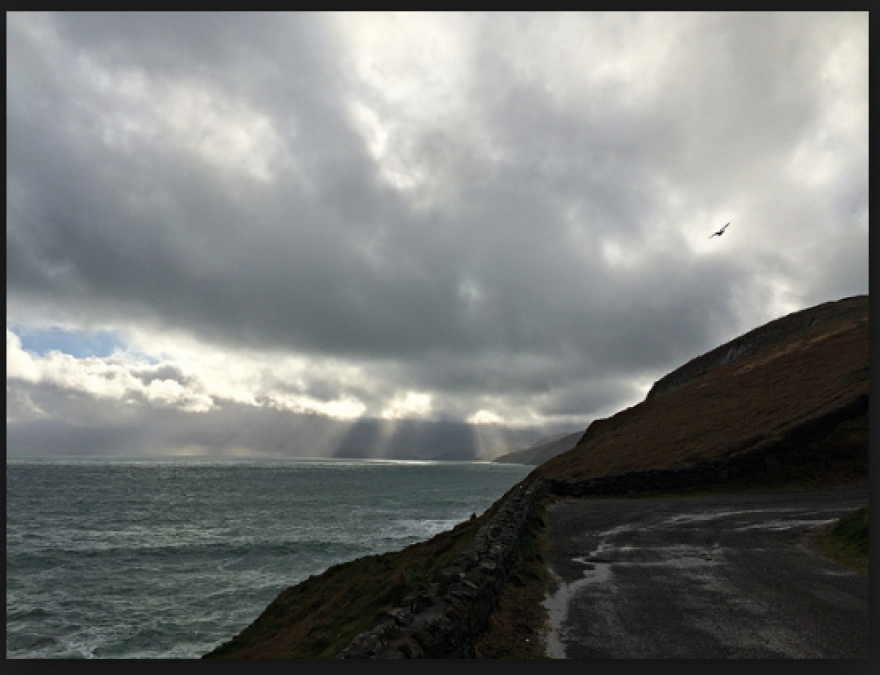
In many ancient religions, deities are associated with forces of nature. Many cultures associate goddesses with natural phenomena such as fertility, the harvest, rivers, mountains, animals, and the earth itself. Following are some of the key nature goddesses from cultures around the world.
also read Poornima and Amawasya: Fasting and observations on Full Moon and New Moon
Earth Goddess In Rome, the earth goddess was Terra Mater or Mother Earth. Tellus was either another name for Terra Mater or a goddess so assimilated with her that they are for all purposes the same. Tellus was one of the twelve Roman agricultural deities, and her abundance is represented by the cornucopia. The Romans also worshipped Cybele, a goddess of earth and fertility, who they equated with Magna Mater, the Great Mother.
Fertility: Juno is the Roman goddess most associated with marriage and fertility. In fact, the Romans had dozens of minor deities associated with aspects of fertility and childbirth, like Mena who ruled menstrual flow. Juno Lucina, meaning light, ruled childbirth—bringing children "into the light." In Rome, Bona Dea (literally Good Goddess) was also a fertility goddess, representing chastity as well. Asase Ya is the Earth goddess of the Ashanti people, ruling fertility. She is the wife of the sky creator deity Nyame, and mother of several deities.
Mountains, Forests, Hunting :Cybele is the Anatolian mother goddess, the only goddess known to represent Phyrgia. In Phrygia, she was known as the Mother of the Gods or Mountain Mother. She was associated with stones, meteoric iron, and mountains. She may be derived from a type found in Anatolia in the sixth millennium B.C.E. She was assimilated into Greek culture as a mystery goddess with some overlap with characteristics of Gaia (earth goddess), Rhea (a mother goddess), and Demeter (goddess of agriculture and harvest). In Rome, she was a mother goddess and later was transformed into an ancestress of the Romans as a Trojan princess. In the Roman period, her worship was sometimes associated with Isis.
Sky, Stars, Space: Aditi a Vedic goddess, was associated with the primal universal substance and seen as both a wisdom goddess and a goddess of space, speech, and the heavens, including the zodiac a Tzitzimitl is one of the Aztec female deities associated with the stars, and have a special role in protecting women. Nut was the ancient Egyptian goddess of the heavens (and Geb was her brother, the earth).
Sea, Rivers, Oceans, Rain, Storms: Asherah, an Ugaritic goddess mentioned in the Hebrew scriptures, is a goddess who walks on the sea. She takes the side of the sea god Yam against Ba’al. In extra-Biblical texts, she is associated with Yahweh, though in the Hebrew texts, Yahweh denounces her worship. She is also associated with trees in the Hebrew scriptures. Also associated with goddess Astarte. Danu was an ancient Hindu river goddess who shares her name with an Irish Celtic mother goddess. Mut is the ancient Egyptian mother goddess, associated with primeval waters. Yemoja is a Yoruba water goddess connected especially to women. She is also connected with cures of infertility, with the moon, with wisdom, and with the care of women and children.
also read Golden Lampstand: Tabernacle lamp for the holy place; characteristics and symbolism